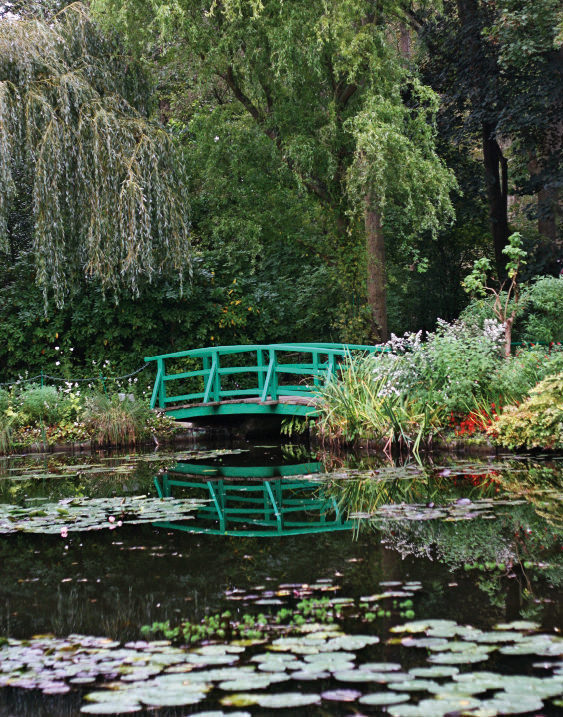Exploring Brittany
All the charm of northern France.
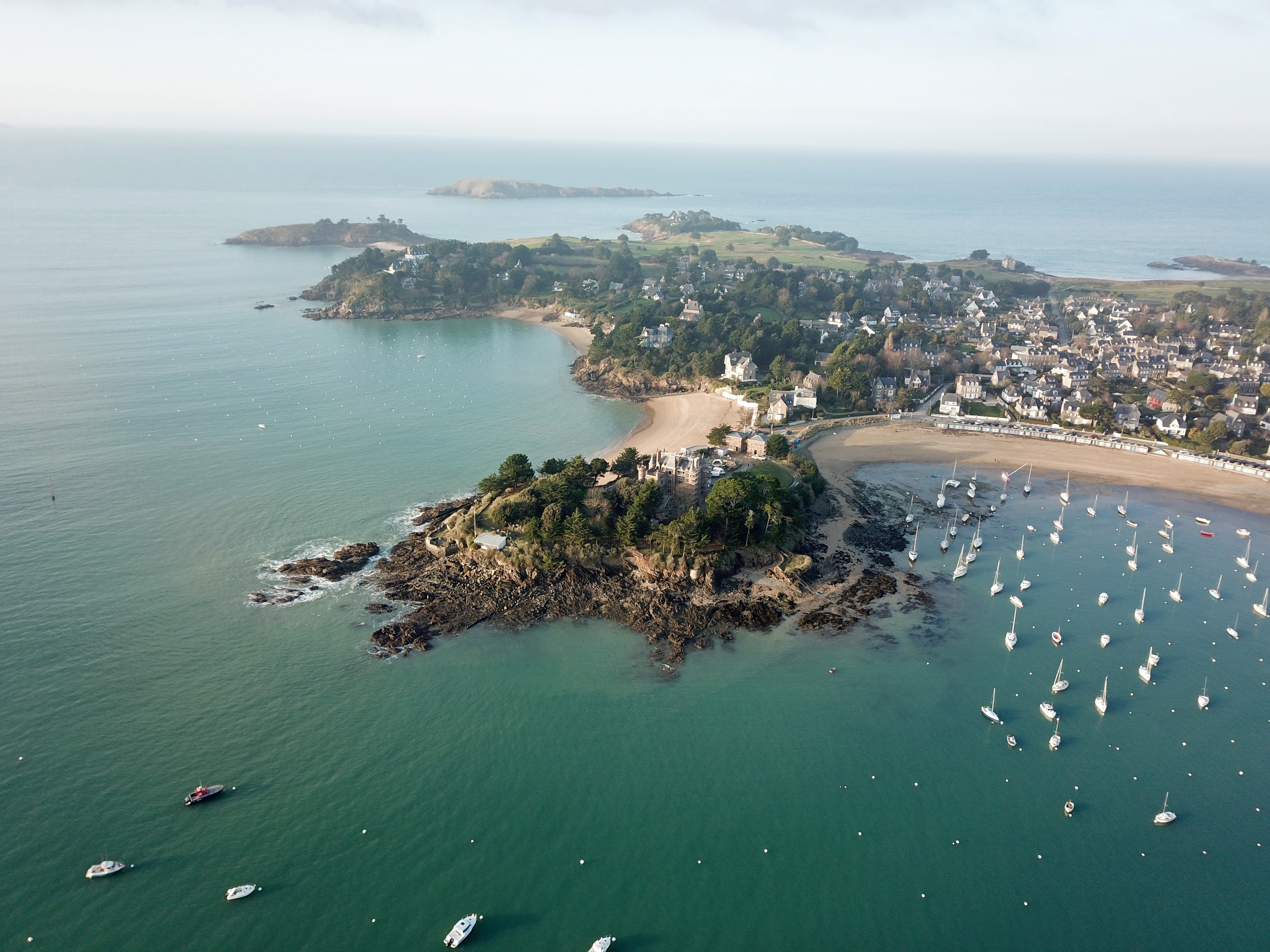
Along the rugged coastline of France’s northwestern Atlantic coast, vast beaches turn into high cliffs with Gothic bastions that plunge into the water as if in a painting. Exploring Brittany (or Bretagne, in French) means the continual discovery of fishing villages hidden in bays, while inland, the green countryside is dotted with villages that seem to have changed very little in the last few centuries. The landscape ranges from moorland ruffled by the wind to large, pristine forests to sandy beaches and bluffs that dive vertically into the sea. Such a particular and hard natural setting could not help but influence the imagination of its inhabitants; it is a land of legend and lore dating back to the Celtic culture that is deeply rooted there (les Bretons are fiercely proud of their language and traditions).
Despite its proximity to Paris, Brittany’s vantage point feels a world away from the City of Light. Brittany is famous for the rain and strong winds that lash it throughout the year, for good cheeses such as Petit Breton, for coquilles St. Jacques and plenty more seafood. Even the language of the kitchen is different here, with crêpes being called galettes. The clouds in these parts run away in a moment, leaving a poetic aftertaste that echoes in each tuft of grass and in the eyes of those who were born here.
Nestled in the heart of Brittany is Rennes, its enchanting capital, with picturesque alleys, medieval streetscapes, noble palaces, and a history that reaches back to Roman times; animated with university life, students account for one-third of the population. Historical events in the city are categorized as happening before or after 1720, the year of the fire that nearly destroyed it all. In the Old City, on rue Saint-Sauveur, rue Saint-Guillaume, and rue du Chapitre, preserved half-timbered homes from the 14th and 15th centuries have maintained their original look of exposed beams in reds, greens, or browns, and hug the cobblestone streets. At Fontaine de Coëtquen—which was the first baptismal place in Rennes—a Grecian head carved in white marble by Claudio Parmiggiani rests in the centre of the fountain. A tip for market enthusiasts: Saturday in Rennes is Marché des Lices, one of the most beautiful markets in all of France. A couple of hours will pass in no time as you discover its foods, flavours, and flowers.
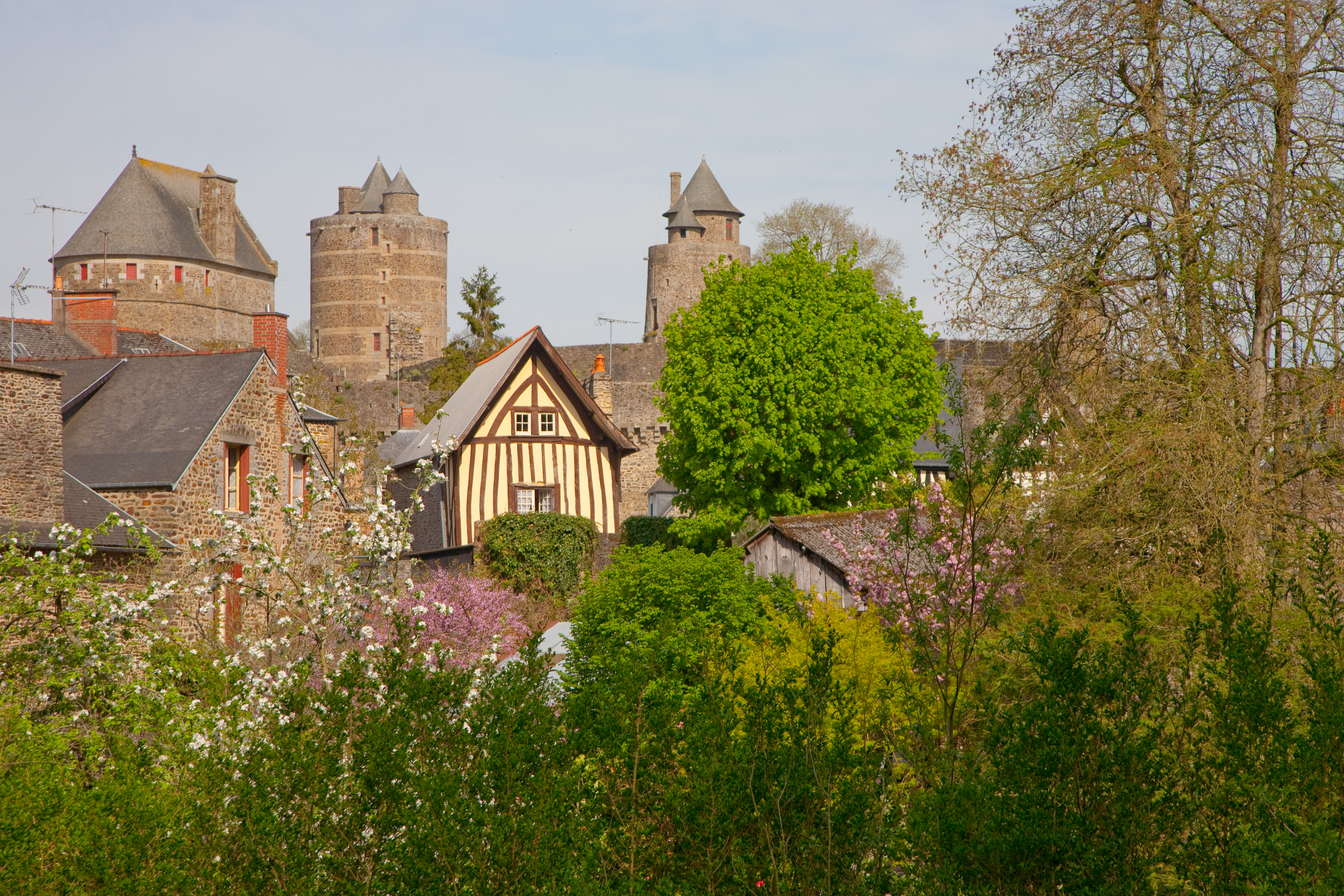
The medieval town of Dinan.
From Rennes, there is no wrong direction to go—from the prehistoric megaliths in Carnac; to Quimper for a visit to Armor-Lux, the only company justified in saying it produces the authentic marinière, or Breton top; or south to Nantes, to wander the open-air trail of impressive contemporary art. On this trip, I headed north to Dinan, one of the best and largest fortified towns (larger even than Carcassonne). There, I walked along the imposing ramparts, the church bells ringing for Sunday mass.
To be in Brittany and not go to the beach is like visiting Chianti and not going to a vineyard. Dinard is an elegant seaside resort that has preserved its belle époque spirit, as illustrated by the numerous villas built on cliffs; Hugh Grant is said to be a member of the Dinard Golf club. The area continues to be a holiday spot, especially during the summer months, when fashionable French urbanites convene along the coast at resorts decorated with blue-and-white-striped beach tents.

Dinard is the elegant seaside resort that has preserved its belle époque spirit.
A stone’s throw from Dinard is Saint-Briac-sur-Mer (where the Dinard Golf club is actually located). Immortalized by Auguste Renoir, it is where Le Nessay is located: a castle-hotel poised on a peninsula facing the island of Ebihens. The former residence of Comte de Villebresme, built in 1886, it reopened as a hotel less than a year ago and is one of those amazing places that disconnects you from the world. While the exterior is preserved brio from the 19th century, the interior is 21st-century kitsch. The 17-key hotel has its own personality—a place for casual dress and much more than a hotel, Le Nessay is a way of life. Request chambre no. 16, where a four-claw tub takes centre stage at the foot of the bed. Hotel staff may have to fetch you from the room’s engulfing corner nook—chances are, you will never want to leave.

Le Nessay is a castle-hotel poised on a peninsula facing the island of Ebihens. Photo by by Adrian Kilchherr.
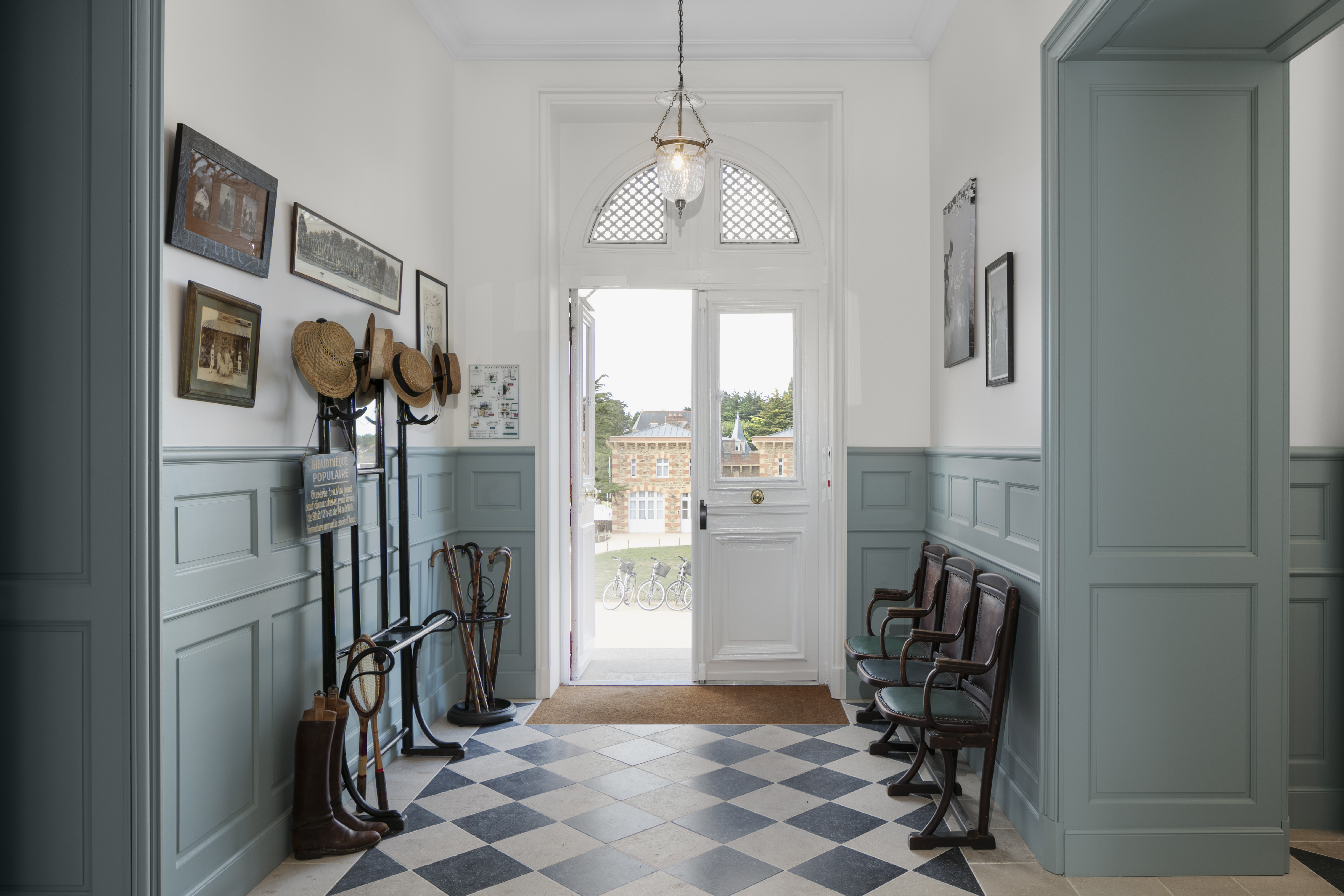
While the exterior of hotel Le Nessay (above) is preserved brio from the 19th century, the interior (below) is 21st-century kitsch. Photo by by Adrian Kilchherr.
Brittany is also home to Saint-Malo, a historic walled city thrust out into the sea and the birthplace of explorer Jacques Cartier. The port city (the most popular destination in all of Brittany) is a dramatic site—construction of its fortifications began in the 12th century, and in the spring and the fall enjoy the incomparable spectacle of tides.
There is a particular charisma Brittany has and, once discovered, it will forever be in your mind and lure. 
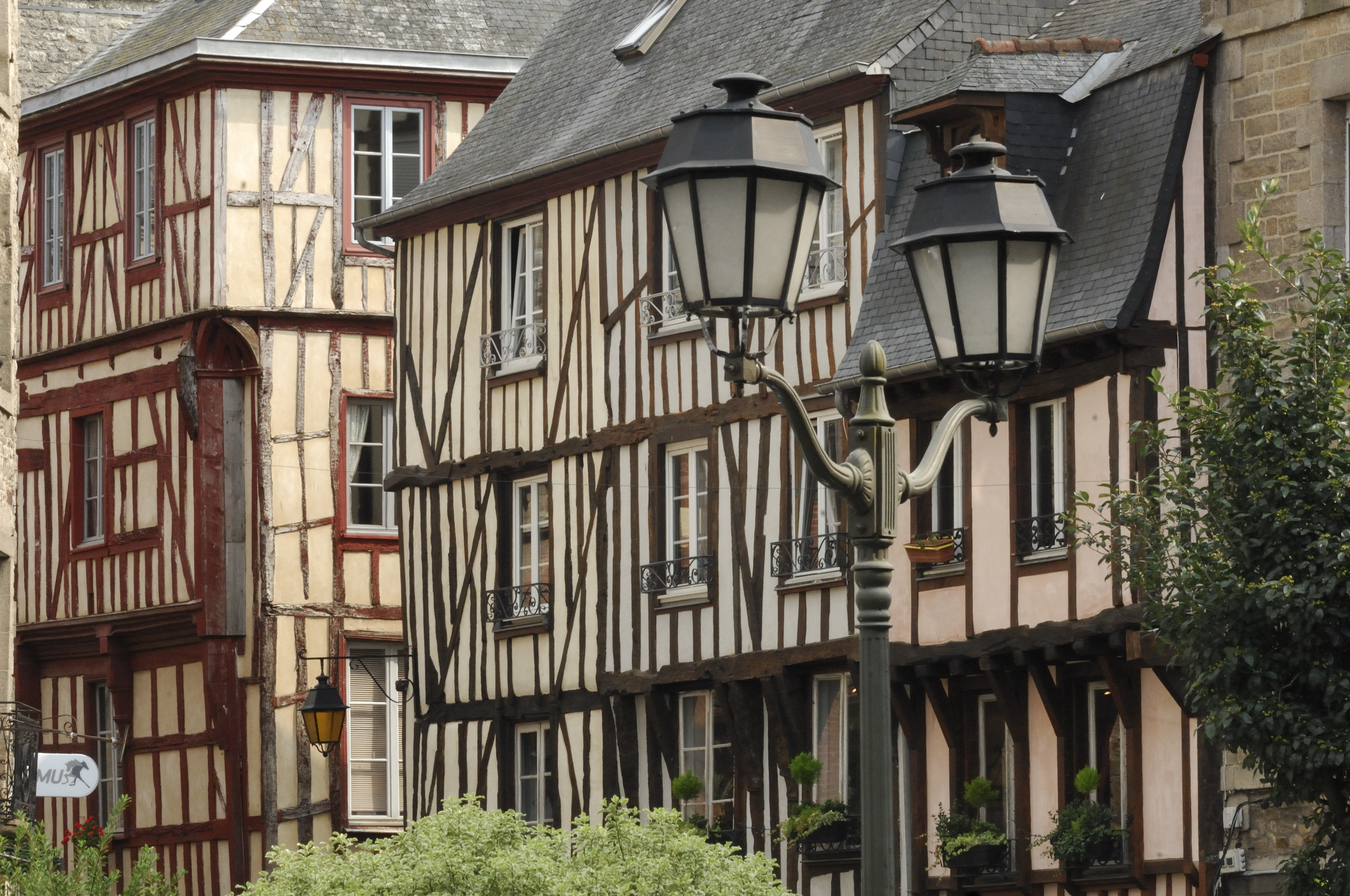
Half-timbered homes in Rennes.
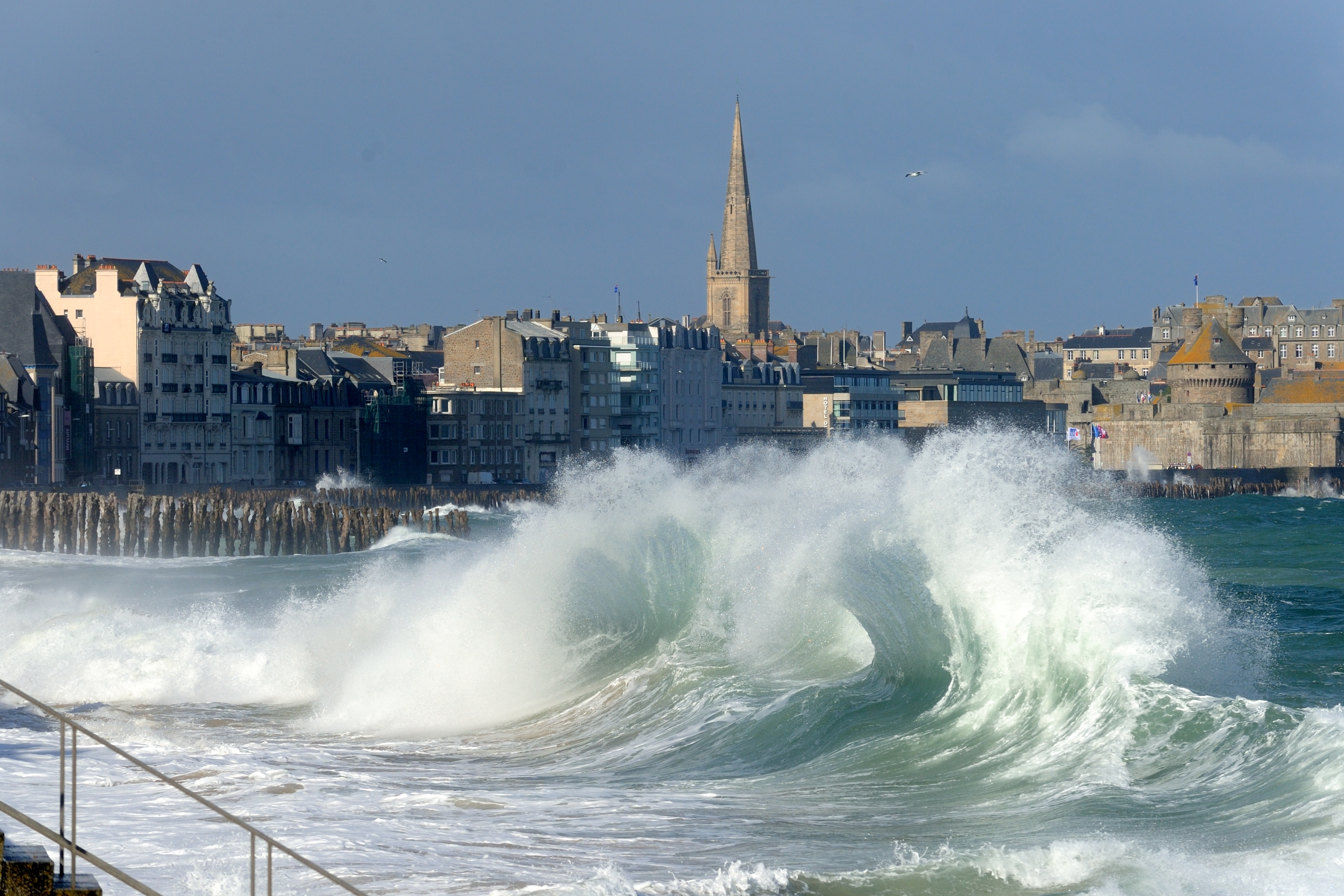
The spectacle of tides at Saint-Malo.
Rennes and Saint-Malo photos ©Yannick Le Gal.
_________
Never miss a story. Sign up for NUVO’s weekly newsletter.



